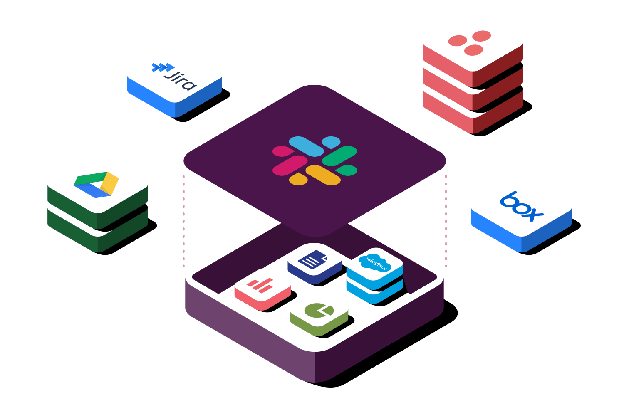
A new project has been greenlit and it has fallen to your team to deliver. With the open field in front of you, thoughts drift to the work ahead, but the current project is concrete, demanding … and unfinished. These scenarios test our experience and judgement as tech leads.
The natural tendency is to panic, dive into finishing the current project as fast as possible, and ignore the needs of the upcoming project. These times causes retreat into old habits: of individual contribution. Where is a lead’s effort best applied?
In my “Learning to be a Tech Lead” article, a common theme throughout the piece is trust and imbuing ownership; to instill belonging where combined effort and focus to a common goal is to grant opportunities. Appointing one of your team members to take ownership–with your support–expands your capabilities and grows the experience of your team. Does it mean you can ignore the current project for the next? It depends on your team. If they are motivated and invested in the outcome, sign off on their plans and leave the rest to them.
One of the things we do at Zumba™ is present a demo of the product we’re developing. The goal is to provide transparency to stakeholders, but it also affords a unique opportunity for the team. A holistic understanding of how the product works is necessary to successfully present the demo to the stakeholders. That team member I assign to present learns to be keenly aware of edge cases, quality issues, and potential feedback from stakeholders. In other words, they start thinking like a tech lead. If you can get that to happen, handing off the project for that last mile is a natural progression.
The real work of a tech lead lies at the beginning of a new project: parsing the problem to solve, culling cruft, and designing a plan to execute. If the project is small enough, this work may be complete before the project even begins. However for a large project, work may start while you are still developing the plan.
Preparation and team development are key to making this work well.
Even if you are not interested in growing your team’s management abilities, knowing the goal of the project and how it applies to the business is essential for individual contributors to work well together. Communicate project needs and expectations; this should be priority one (if you aren’t already doing this).
Tracking your team’s velocity helps you determine how in-tune your team is with the current project. Expanding on task descriptions, including more mentorship time, or identifying struggling team members is all aided by measuring and understanding velocity. Once under control, estimation of product release readiness becomes more accurate. This helps you determine when you can hand off the remaining details to the team and allow you to focus on the next project.
Being a tech lead isn’t about making all the decisions. Enabling team agency on how to best accomplish their tasks is absolutely critical … unless your goal is to have every project screech to a halt whenever you go on vacation. Trust your team, offer guidance, and help them gain confidence in making decisions, otherwise they won’t feel like they have bearing on the outcome.
With these pieces in place, the present is secured. Delegate this project, and start on the next.



